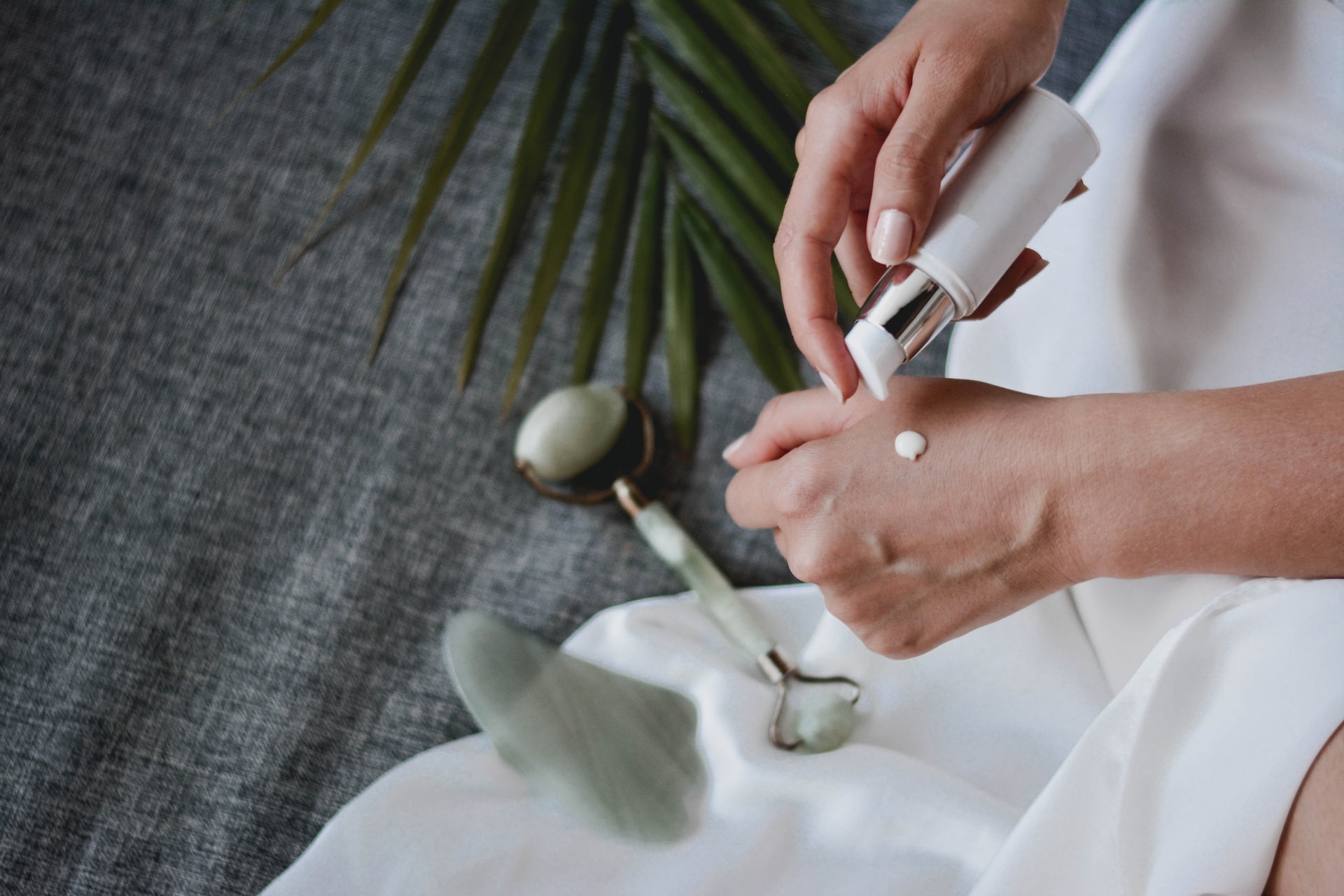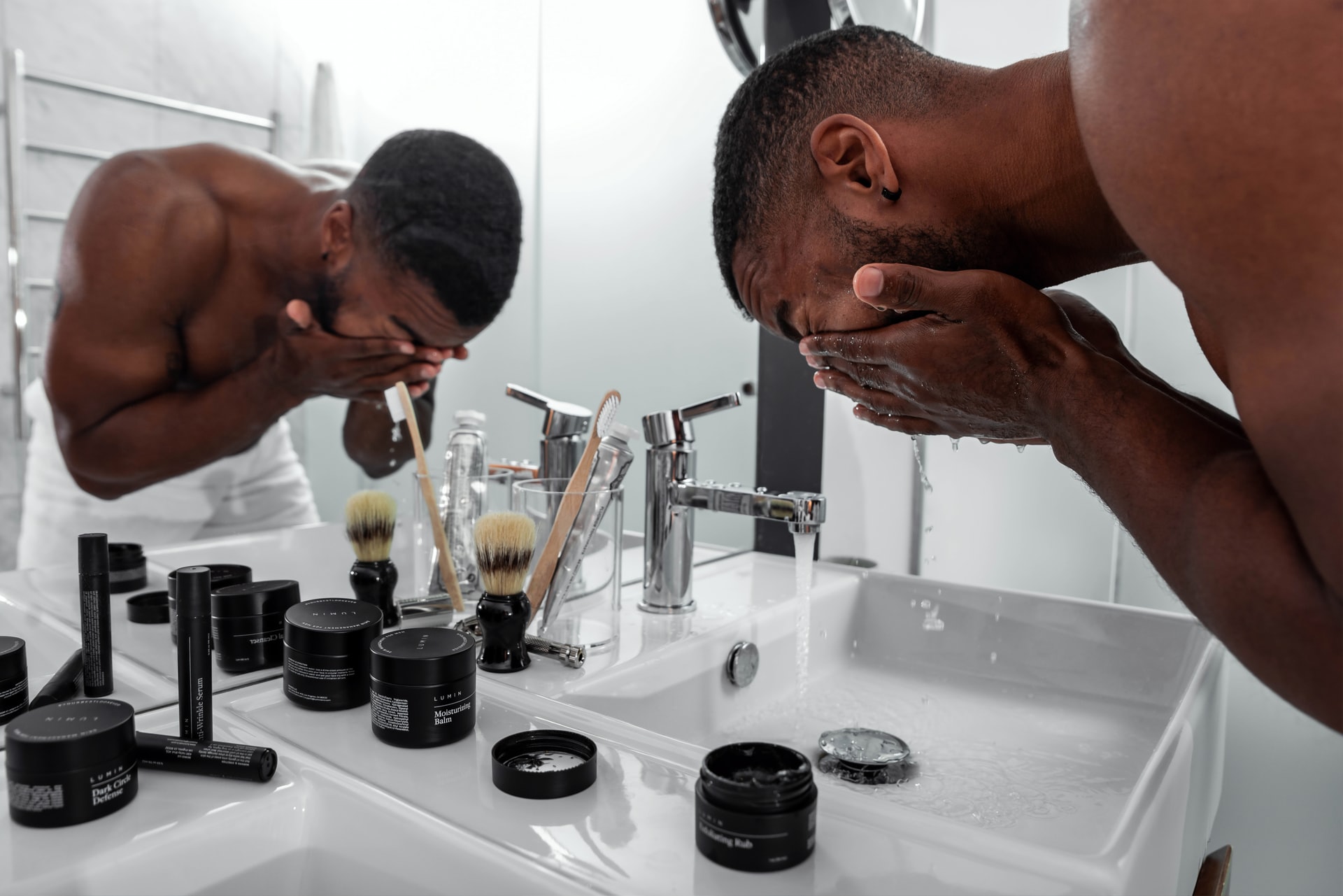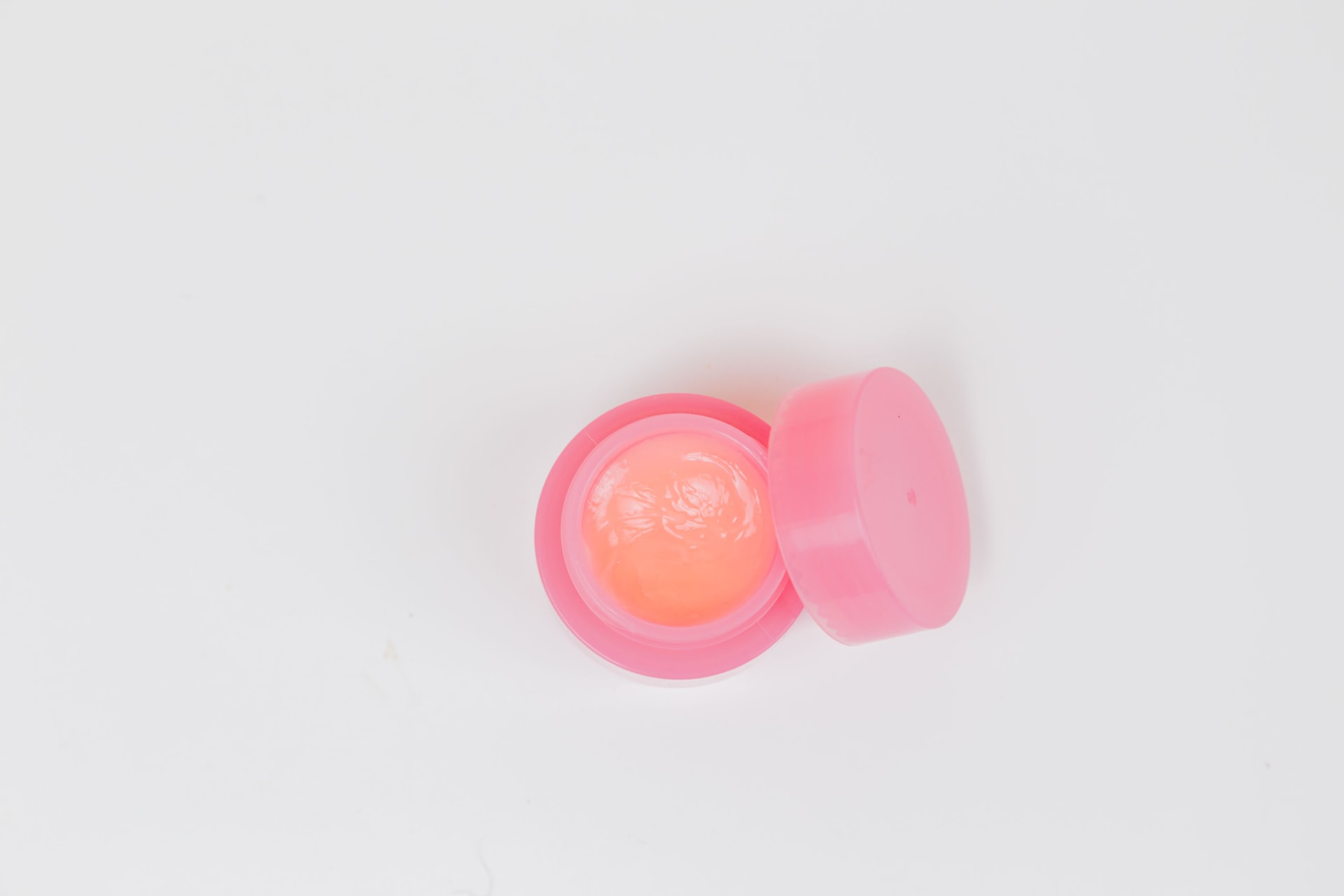SHARE
Written By

Aaron Smith
Fact Checked By

Chris Stocker
Diabetes 365 follows very strict guidelines for accuracy and integrity on all content.
To learn about Diabetes 365 commitment to transparency and integrity, read our Editorial Disclosure
Last Updated on April 15, 2025
Diabetic skin can be incredibly dry, itchy, and inflamed. While it can be a challenge to manage, you can keep your skin looking and feeling great with the right approach.
Here, we’ve put together a list of eight simple skincare tips for your diabetic dry skin, so you can get started on the road to recovery. This article will share some tips to help you with taking care of your skin. As you know, nothing is easy with Diabetes. This includes skin care as well.

Quick Article Guide
Here’s what we’ll cover in this post:
1. Drink Plenty of Water and Avoid Caffeine and Alcohol
Dehydration is a common cause of dry skin in diabetics and non-diabetics alike, so drinking plenty of water is important. Caffeine and alcohol can also contribute to dehydration, so avoid these beverages if you’re trying to keep your skin hydrated. Water is essential for all bodily functions, including keeping your skin healthy.
When you’re dehydrated, your skin can become dry, cracked, and inflamed. Drinking plenty of water will help to keep your skin hydrated and healthy. Drinking eight glasses of water a day is a good rule of thumb, but you may need more if you’re active or live in a hot climate. Don’t forget to combine this with diabetic-friendly meals.

2. Moisturize Your Skin Regularly, Especially After Bathing
If you have diabetes, your skin is more susceptible to becoming dry. So, consider moisturizing regularly to help prevent dry skin and keep your skin moist. Do this immediately after bathing when your skin is still damp. Choose a moisturizer that is an oil-free or fragrance-free lotion, cream, or ointment.
Apply the moisturizer to your skin in a circular motion until it’s fully absorbed. Don’t forget to moisturize your hands and feet, which are particularly susceptible to dryness and cracking. Use a heavier hand cream or foot cream at night, and put on cotton socks to help lock in the moisture. If you can get a cracked skin repair cream, the better—it will help your skin heal quickly and prevent infection.
3. Use a Humidifier to Add Moisture to the Air
Dry skin in diabetics can also be made worse by winter weather or indoor heating. One simple way to combat this is by using a humidifier in your home. This will add moisture to the air and help keep your skin hydrated. Just be sure to clean your humidifier regularly to prevent the growth of mold or bacteria.
Remember that dry and exposed diabetic skin will likely lead to infection, so it’s important to take extra care of your skin during the winter months. If you’re experiencing redness, opt for an anti-redness serum. If you’re concerned about inflammation due to environmental factors, look for a serum with soothing ingredients like chamomile.
4. Apply a Cold Compress If Your Skin Feels Itchy or Inflamed
If your skin feels itchy or inflamed, one of the quickest ways to soothe it is to apply a cold compress. This will help reduce any swelling and redness too. Simply wrap a few ice cubes in a clean cloth and apply them to the affected area for a few minutes. You can do this several times a day as needed.
Another option is to take a cool bath or shower. This can help hydrate your skin while also providing some relief from itching and inflammation. Just be sure to avoid using hot water, which can further dry out your skin. Instead, opt for lukewarm water and add a few drops of soothing essential oils, like lavender or chamomile.

5. Avoid Using Harsh Soaps or Detergents on Your Skin
Considering that diabetic skin is more susceptible to dryness and irritation, you should avoid using harsh soaps or detergents on your skin. Instead, opt for gentle cleansers designed for sensitive skin. You should also avoid scrubbing your skin too hard, as this can further irritate and dry out your skin.
Plenty of specialized skincare products are available that can help soothe and protect your diabetic skin. Natural products with no added fragrances or dyes are usually best for people with sensitive skin. When trying out new skincare products, patch test new products on a small skin area before using them all over your body. This will help you avoid any potential irritation or allergic reaction.
6. Dry Your Skin by Patting Gently Instead of Rubbing
After you shower or bathe, it’s important to dry your skin gently. Patting your skin with a towel instead of rubbing will help to avoid further irritation. Remember that your skin is delicate, so treat it with care. You don’t want to aggravate your dry skin or cause any additional irritation.
For towels, smooth fabrics like cotton are always best. Avoid using any harsh or abrasive fabric, as this can further dry out your skin. If you have diabetes-related nerve damage, you may not be able to feel if a towel is too rough. In this case, ask someone else to help you select a soft towel.
7. Apply a Lip Balm to Your Lips Every Day
Chapped lips are a common problem for people with diabetes. They can quickly become infected and make it uncomfortable to eat or drink. Applying a lip balm to your lips every day can help keep them hydrated and prevent them from cracking. A lip balm also helps soothe and protect your lips from the elements.
Lip balms are available in a variety of formulas, so it’s important to choose one that suits your needs. If you have dry skin, look for a lip balm that contains Shea butter or jojoba oil. These ingredients can help to nourish and moisturize your lips. Choose a lip balm containing SPF to protect your lips from the sun, if possible.

8. Remember to Choose a Good Sunscreen
While you may not spend much time outdoors, it’s important to remember to put sunscreen on any exposed skin when you go outside. Diabetic dry skin is more susceptible to sun damage, so be sure to choose a sunscreen with an SPF of at least 30. Apply sunscreen liberally and evenly. Don’t forget to reapply every two hours or after swimming or sweating.
If you need help remembering to put on sunscreen, set an alarm on your phone or keep a bottle of sunscreen in your car. As part of your diabetes management plan, don’t forget to wear protective clothing when you’re outside. Wear a hat or visor to protect your face and long-sleeved shirts and pants to protect your arms and legs.
See a Doctor If You Have Concerns About Your Skin Health
Finally, if you have any concerns about your skin health, it is always best to see a dermatologist. This is especially true if you have diabetes. A doctor can help you determine the cause of any skin problems and recommend the best course of treatment. Don’t let concerns about your diabetic skin impact your daily life.
With these seven tips, you can take control of your skin health and enjoy better, healthier skin. Diabetic or not, everyone deserves to feel confident in their own skin.

Aaron Smith
Aaron Smith is a freelance writer specializing in health, lifestyle choices, and overall well-being. A self-proclaimed health and fitness enthusiast, Aaron enjoys writing about topics that help people improve their lives. When he’s not writing, he can be found spending time with his wife and two young children.